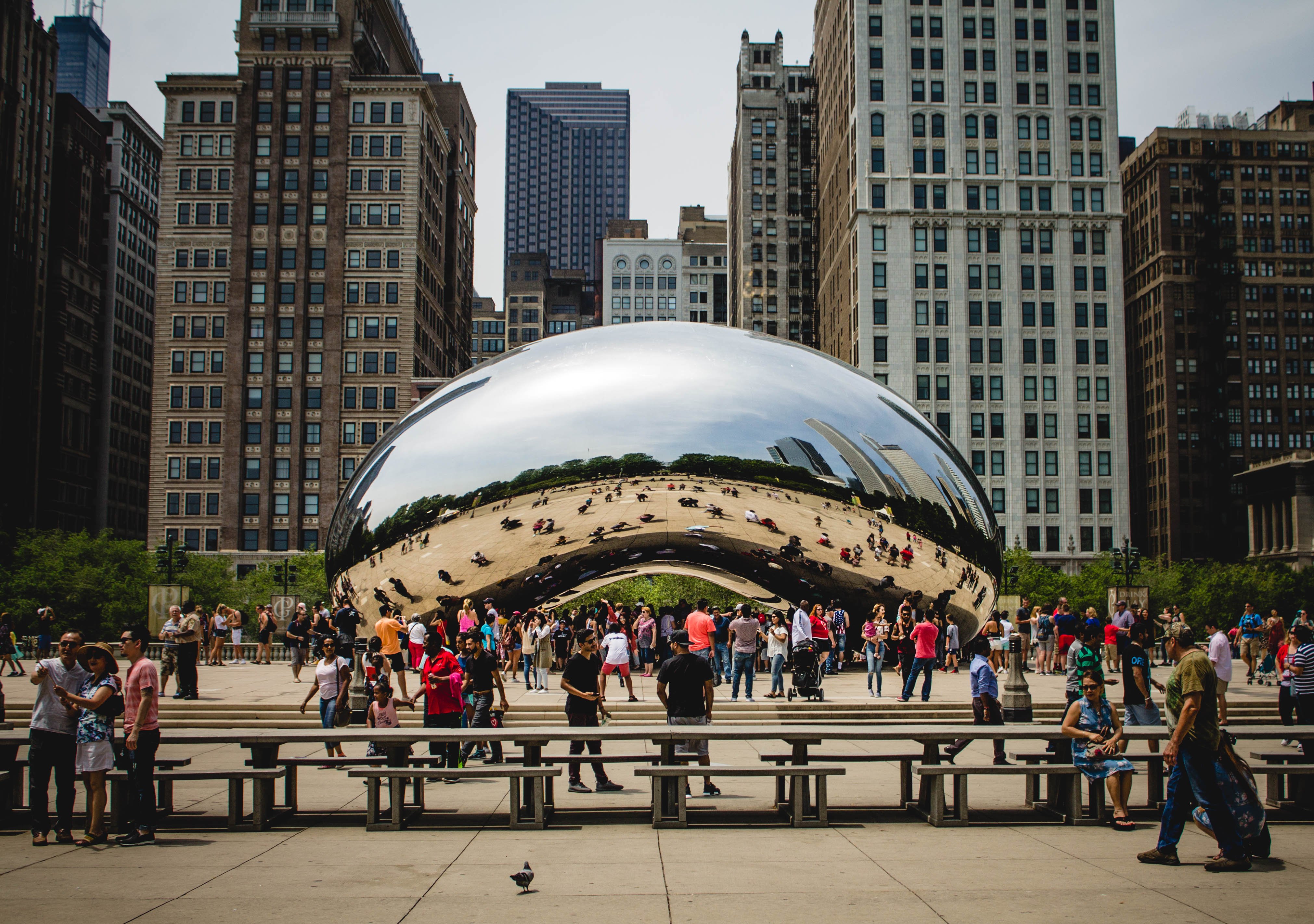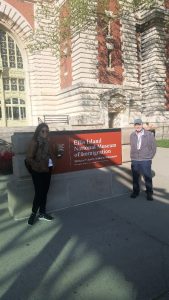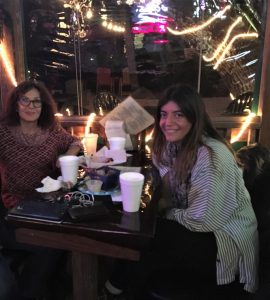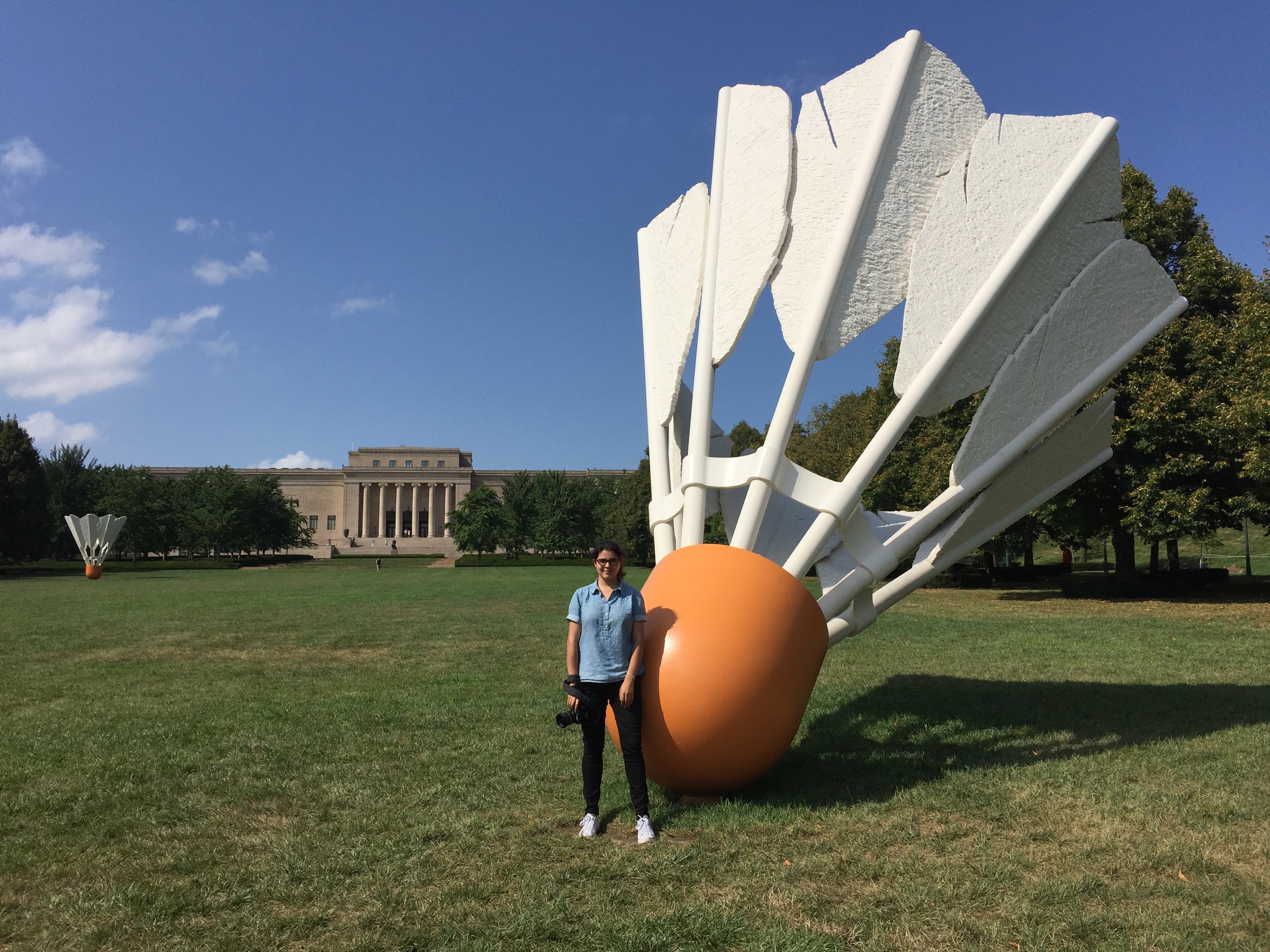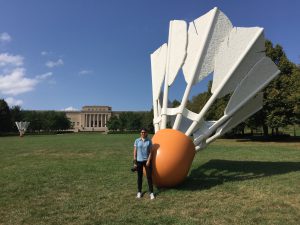By Gloriana Amador Agüero, 2018 Fulbright Foreign Student, Costa Rica
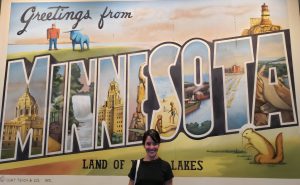
At the Minnesota Historical Society. 2019.
For my first internship in the United States, I spent two months in green, friendly, Minneapolis, Minnesota. I’m a Fulbrighter from Costa Rica, studying for an MS in Museums and Digital Culture (MDC) at Pratt Institute in New York City. Why would I want to go to the Midwest? The answer, it turns out, is slightly complicated.
Before Fulbright, I met the love of my life in Costa Rica: Alberto, who had moved from Costa Rica to the Twin Cities years before. During my first visits to Minnesota, we spent time visiting the lakes, parks, and great museums in the area, including the Minneapolis Institute of Art (MIA). MIA is an audience-centered institution that uses innovative digital strategies and includes 90,000 pieces from around the world. During my Spring semester at Pratt, one of my assignments for my Museum Digital Strategy class was to interview a museum professional. I decided to reach out to none other than Douglas Hegley, Chief Digital Officer at MIA! During the phone interview, Douglas and I talked about our motivations, and I was amazed by his fascinating journey into the museum world and the interactive media programs and digital initiatives at MIA. The MDC Blog published the interview on Medium.

3rd Avenue Entrance Façade of the Minneapolis Institute of Art building. 2016.
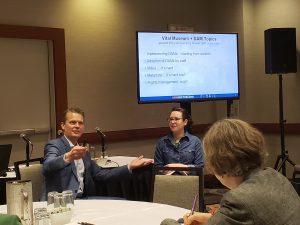
Douglas Hegley presenting with Susan Wamsley, Solomon R. Guggenheim Museum, at the Digital Assets Management (DAM) 2019 DAMs and Cultural Heritage – A Professional Dialog, Photo: Gloriana Amador.
Following our conversation, Douglas presented at the Digital Asset Management (DAM) Conference in New York, where I was able to meet him in person. Over a cup of coffee, I discovered not just how outstanding he is as a museum professional, but how kind and generous, too. He shared his ideas and advice to develop my career. After this meeting, I thought, “This is the kind of professional I want to become.” Douglas’ kindness and helpfulness inspired me to also help others through professionalism, kindness, and generosity.
Shortly after our meeting, I received an e-mail with the subject line: “A connection.” To my surprise, Douglas connected me with Frances Lloyd-Baynes, Head of Collections Information Management at MIA, and a leading expert in the field. We connected and talked about MIA’s ongoing projects, and before I knew it, I found myself with an internship at an American art museum!

Frances Lloyd-Baynes, Head of Collections Information Management, and Gloriana Amador at the Media and Technology Division. 2019.
At MIA, I worked on information management in museums, using a database. The database is used to collect important information related to the artwork, artists, and exhibitions located at the museum, which can be shared with the public. One way museums can share this information is by connecting the internal database with their website, through an Application Programming Interface (API), which helps to deliver content to the Web. I researched and designed the integration of the museum’s collections database and the website through the MIA’s Application Programming Interface (API).
In order to accomplish this, I first trained in The Museum System (TMS), which is MIA’s internal database. Second, I studied the content of four exhibitions, their didactic panels, and related artwork. Third, our team created a model of links and relations within TMS, almost like building a search engine. And finally, with input from MIA’s Software Developer, we designed a road map of links and sequences to find an easy way to pull data for each exhibition in TMS. These types of projects are especially important in the museum world, as thanks to the integration of databases and websites through the API, people can interact with information and learn more about art.
This hands-on experience complemented my coursework and expanded my professional network in the art world. My experience illustrates some of the Fulbright Program’s core values: contributing to my field’s development, and encouraging me to build global networks and friendships. MIA, and the Midwest, opened its doors to me.

Installation views of the exhibition “Hearts of Our People: Native Women Artists.” Curated by Jill Ahlberg Yohe. Organized by Minneapolis Institute of Art. Presented by Shakopee Mdewakanton Sioux Community.
“The Wisdom of the Universe,” a wonderful painting by Christi Belcourt, exhibited in “Hearts of Our People: Native Women Artists” at the MIA, reminds me of the importance of those connections. My journey started with a love story that allowed me to meet generous professionals along the way. The wisdom of the universe brought me to the Midwest with my boyfriend, then connected me to Douglas, and finally to Frances.
My advice for future Fulbrighters is to be open to expanding your connections with professionalism, kindness, and generosity. Don’t forget those relationships that have meant so much in your career. I am living one of Fulbright’s core values, “one connection at a time.”

